Cats are mysterious creatures, and their enigmatic behavior often leaves their human companions baffled. However, one of the most expressive parts of a cat’s body is its tail. By observing the subtleties of a cat’s tail movements, you can gain insight into its current mood and intentions. This article explores the fascinating world of feline tail language and how it reflects their emotions.
The Tail’s Role in Feline Communication
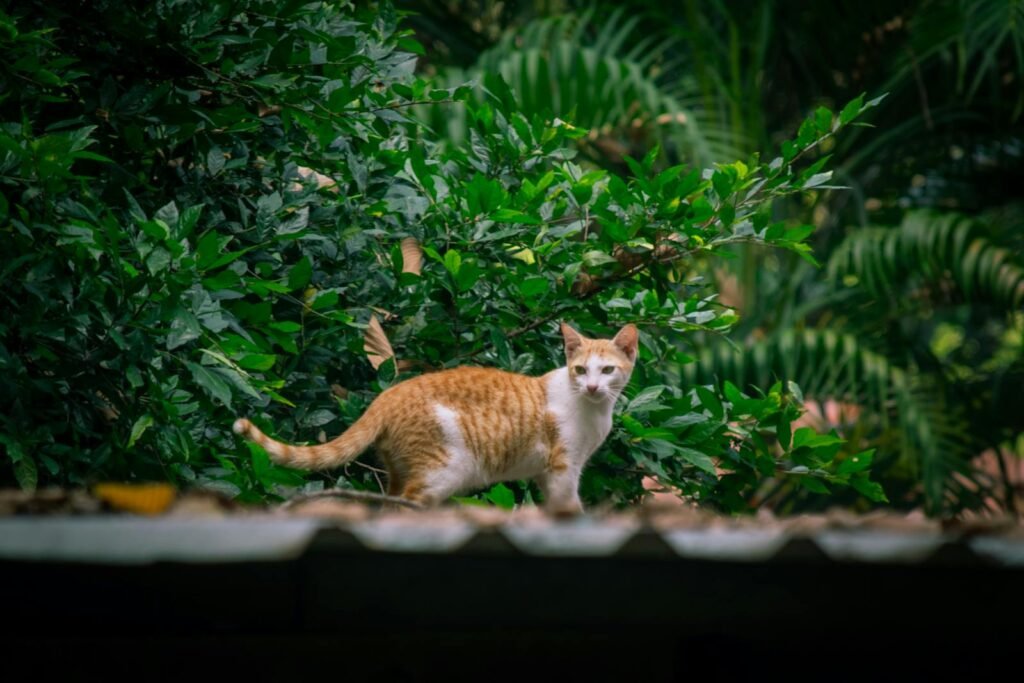
In the realm of feline communication, the tail plays a pivotal role. While cats vocalize through meows, purrs, and hisses, their tails communicate just as effectively. From joy to fear, the manner in which a cat moves its tail can reveal a multitude of emotions, providing clues to their state of mind and helping humans build stronger bonds with their furry companions.
The High Tail: Sign of Confidence
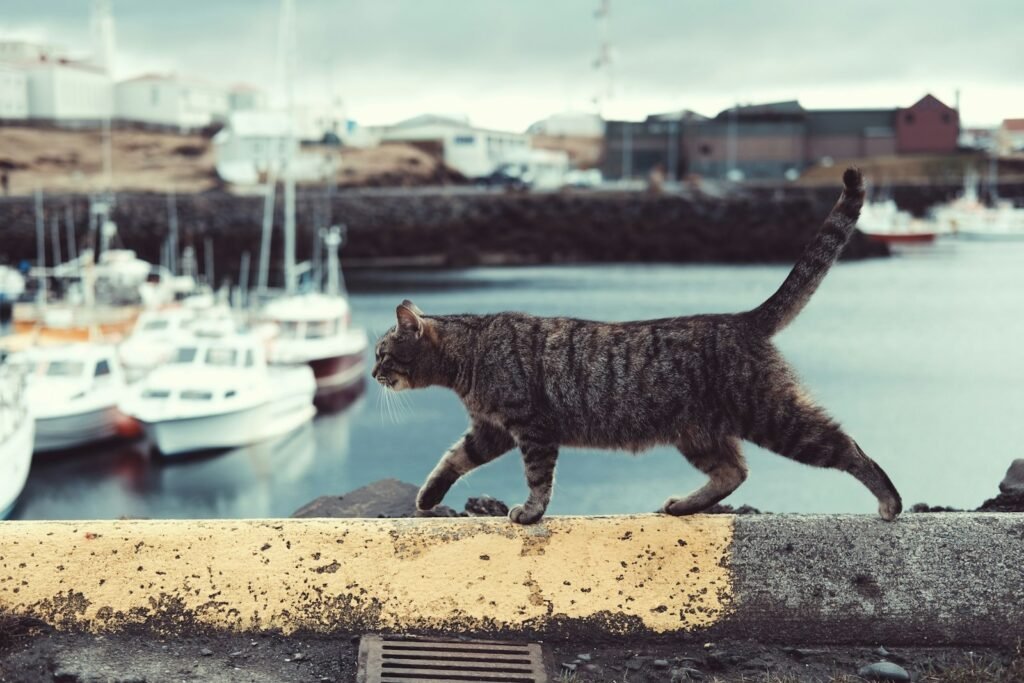
A cat walking with its tail held high is typically a sign of confidence and contentment. It suggests that the cat is comfortable in its environment and feels secure. If the tail is quivering slightly while upright, it usually indicates excitement or anticipation, often observed when a cat greets its owner after a long absence.
The Low Tail: Indication of Insecurity or Submission
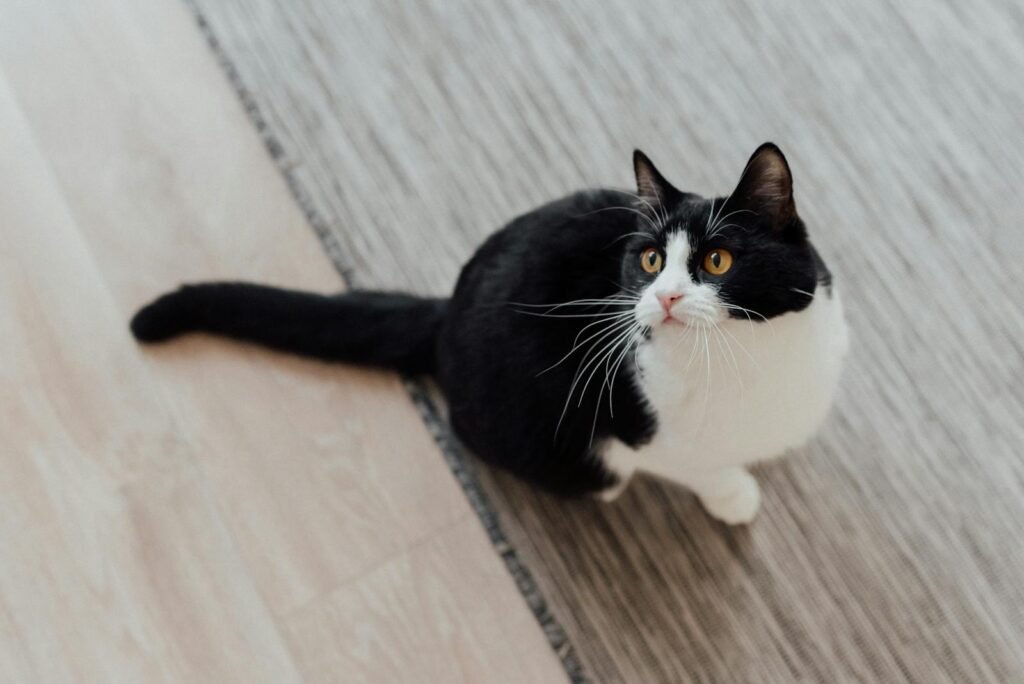
Conversely, a tail that is held low can mean submission or insecurity. This posture may denote that the cat is feeling anxious or uncertain about its surroundings. In some cases, a low tail could also indicate a health issue or discomfort, suggesting a visit to the veterinarian may be in order.
The Tucked Tail: A Sign of Fear
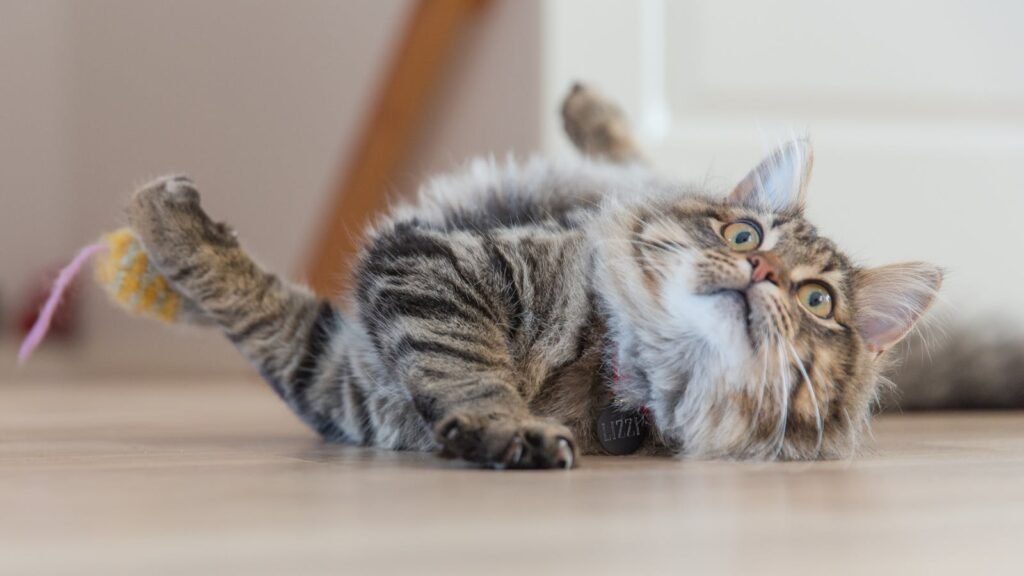
When a cat tucks its tail between its legs, it is often a clear indication of fear or anxiety. Similar to other animals, this is a protective gesture signaling that the cat feels threatened or unsafe. Identifying the source of the fear and providing reassurance can help alleviate their distress.
The Flicking or Twitching Tail: A Mark of Annoyance
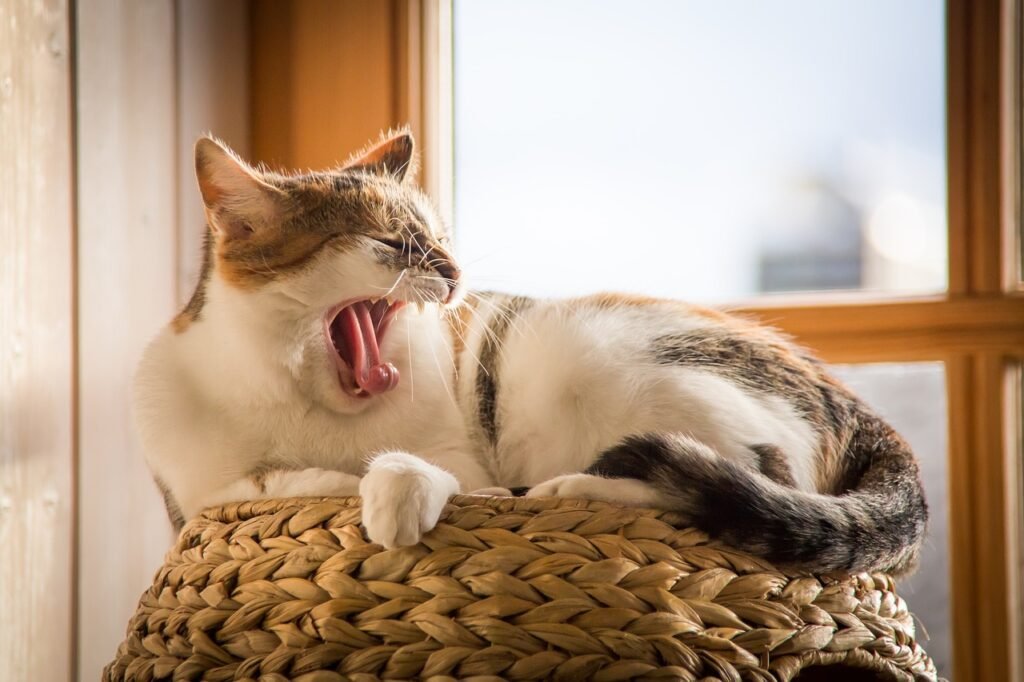
Rapid flicking or twitching of the tail can be a sign of irritation or agitation. This might occur if a cat is being overstimulated during petting or if it is frustrated by something in its environment. Recognizing this signal can prevent unnecessary stress and help maintain a peaceful interaction with your pet.
The Slowly Swaying Tail: Focused and Curious
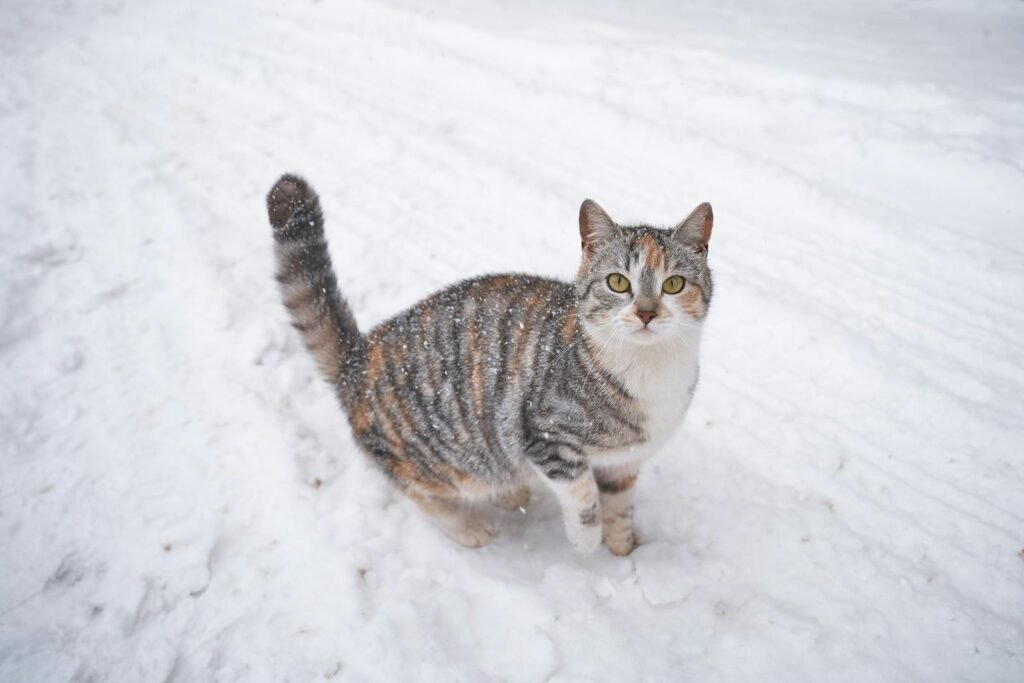
A gently swaying tail indicates that a cat is focused or curious. This tail position often accompanies hunting behaviors or when a cat is intrigued by something in its environment. Observing their demeanor in these moments provides a window into their inquisitive nature and heightened senses.
The Poofy Tail: Response to Sudden Surprise
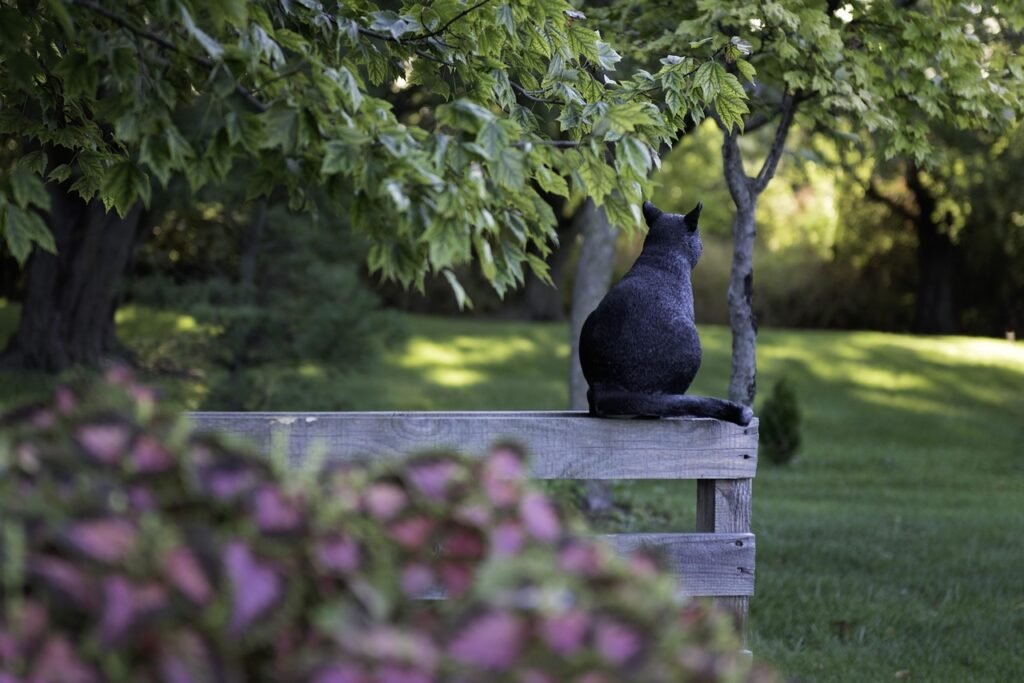
When a cat’s tail fluffs up, it is in response to a sudden startle or confrontation. This piloerection, or the standing up of the hair, is a defense mechanism to make the cat appear larger to potential threats. It is a fleeting reaction and usually resolves once the cat determines there’s no imminent danger.
The Undulating Tail: Preparing for a Pounce
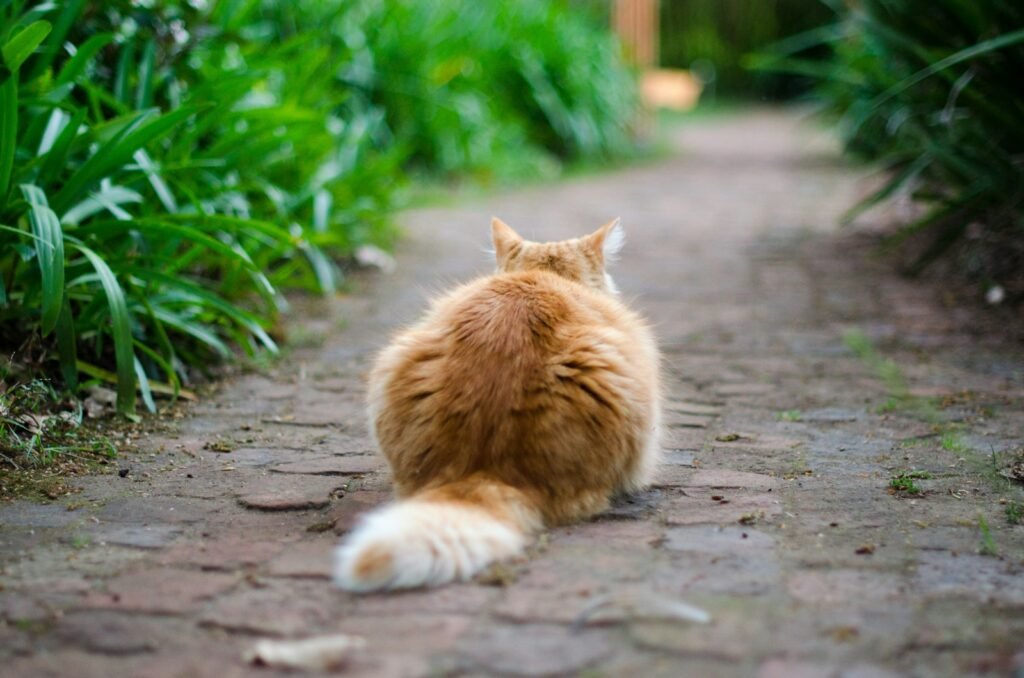
As a cat prepares to pounce, it may exhibit a slow, undulating movement of its tail, often seen during playtime or hunting activities. This behavior indicates excitement and readiness to engage, whether it’s with a toy or an unfortunate bug that has crossed its path.
Pay Attention to Context
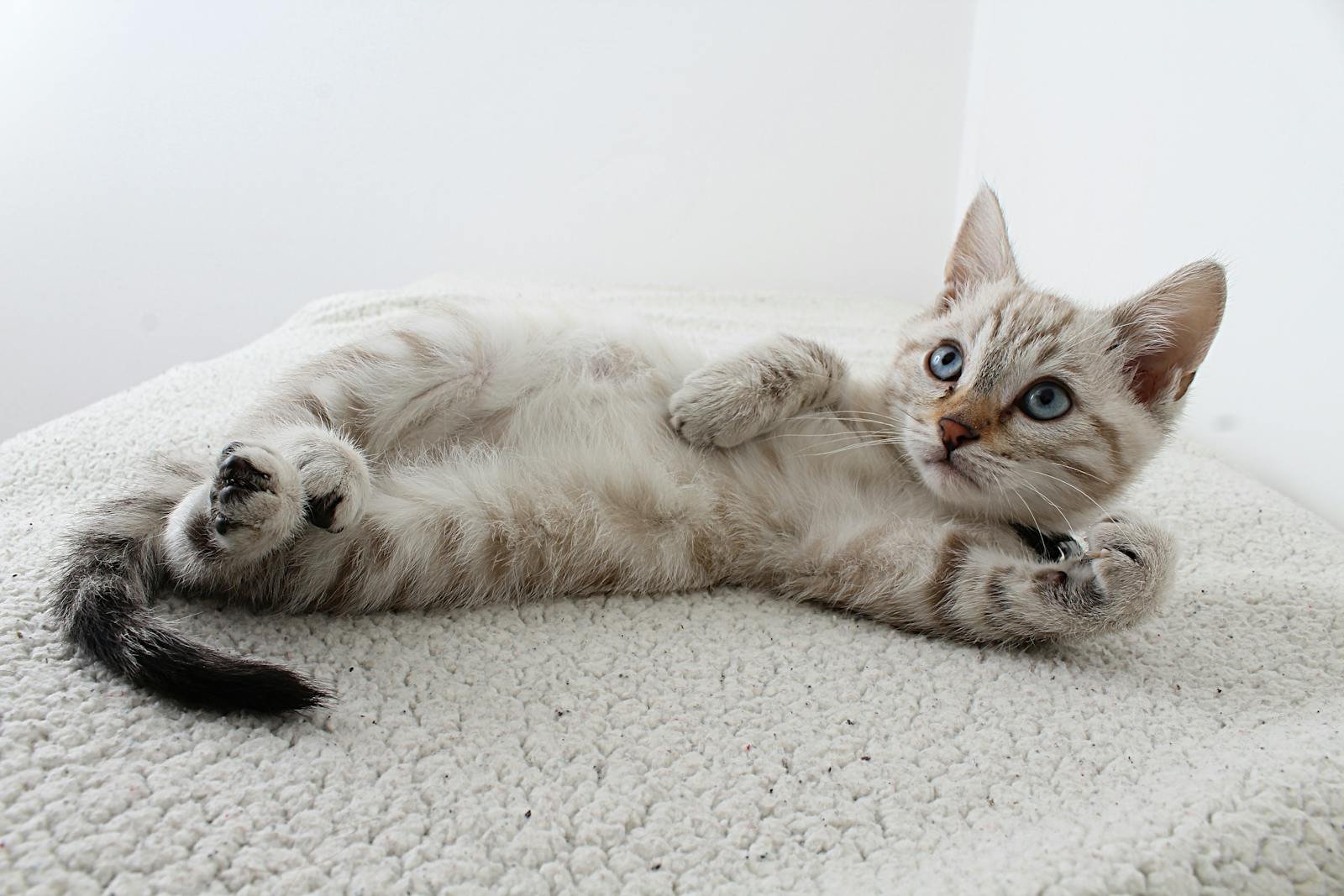
Photo by pixabay
Understanding a cat’s tail language involves considering the full context of the situation as well as individual personality differences. Tail movements should be deciphered alongside other body language cues, such as ear position, vocalizations, and overall posture, to get a complete picture of what your cat is trying to communicate.
Communication Styles Vary Between Cats
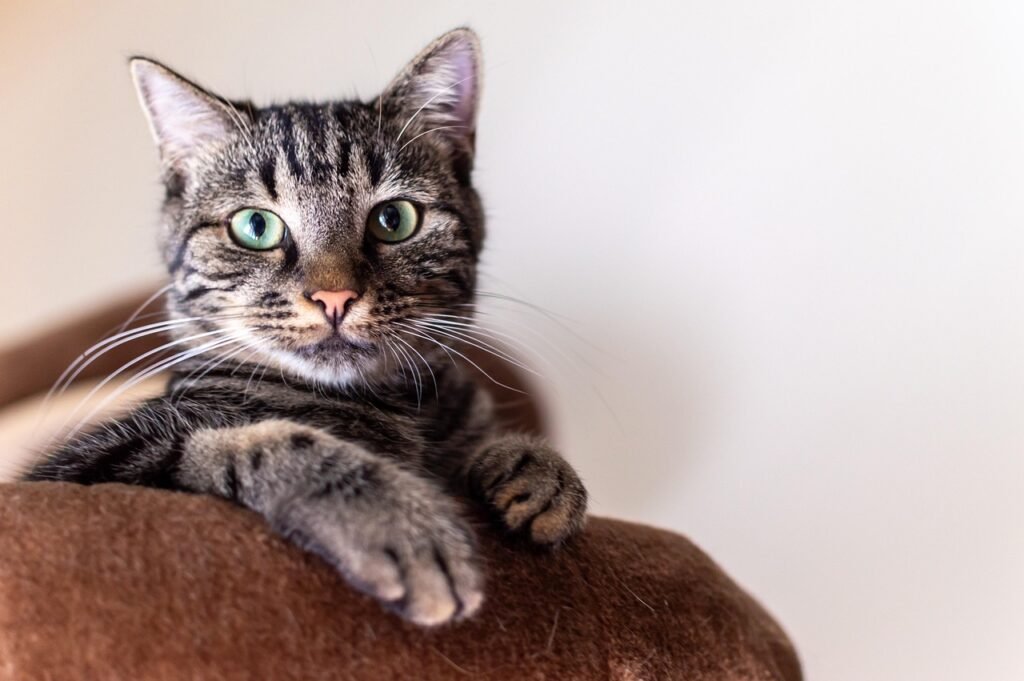
Each cat has its own unique style of communication. While general tail movement trends exist, individual quirks and preferences mean that no two cats will express themselves in exactly the same way. Spending time observing your cat’s specific behavior patterns will make it easier to interpret their moods and intentions accurately.
Conclusion: Deepening Bonds Through Understanding
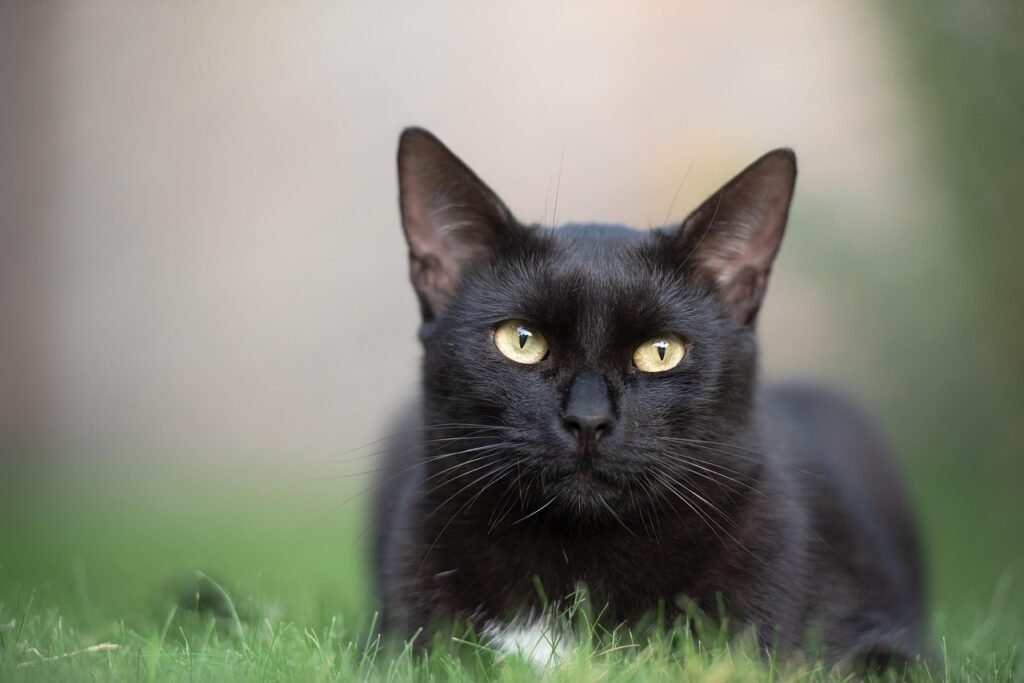
Cats have an intricate language that, when understood, can deepen the bonds between them and their human companions. Paying close attention to tail movements offers valuable insights into their emotions and intentions. By learning to interpret these signals, cat owners can ensure their pets’ well-being and foster a more harmonious relationship with their feline friends.
Hi, I’m Bola, a passionate writer and creative strategist with a knack for crafting compelling content that educates, inspires, and connects. Over the years, I’ve honed my skills across various writing fields, including content creation, copywriting, online course development, and video scriptwriting.
When I’m not at my desk, you’ll find me exploring new ideas, reading books, or brainstorming creative ways to solve challenges. I believe that words have the power to transform, and I’m here to help you leverage that power for success.
Thanks for stopping by, Keep coming to this website to checkout new articles form me. You’d always love it!






